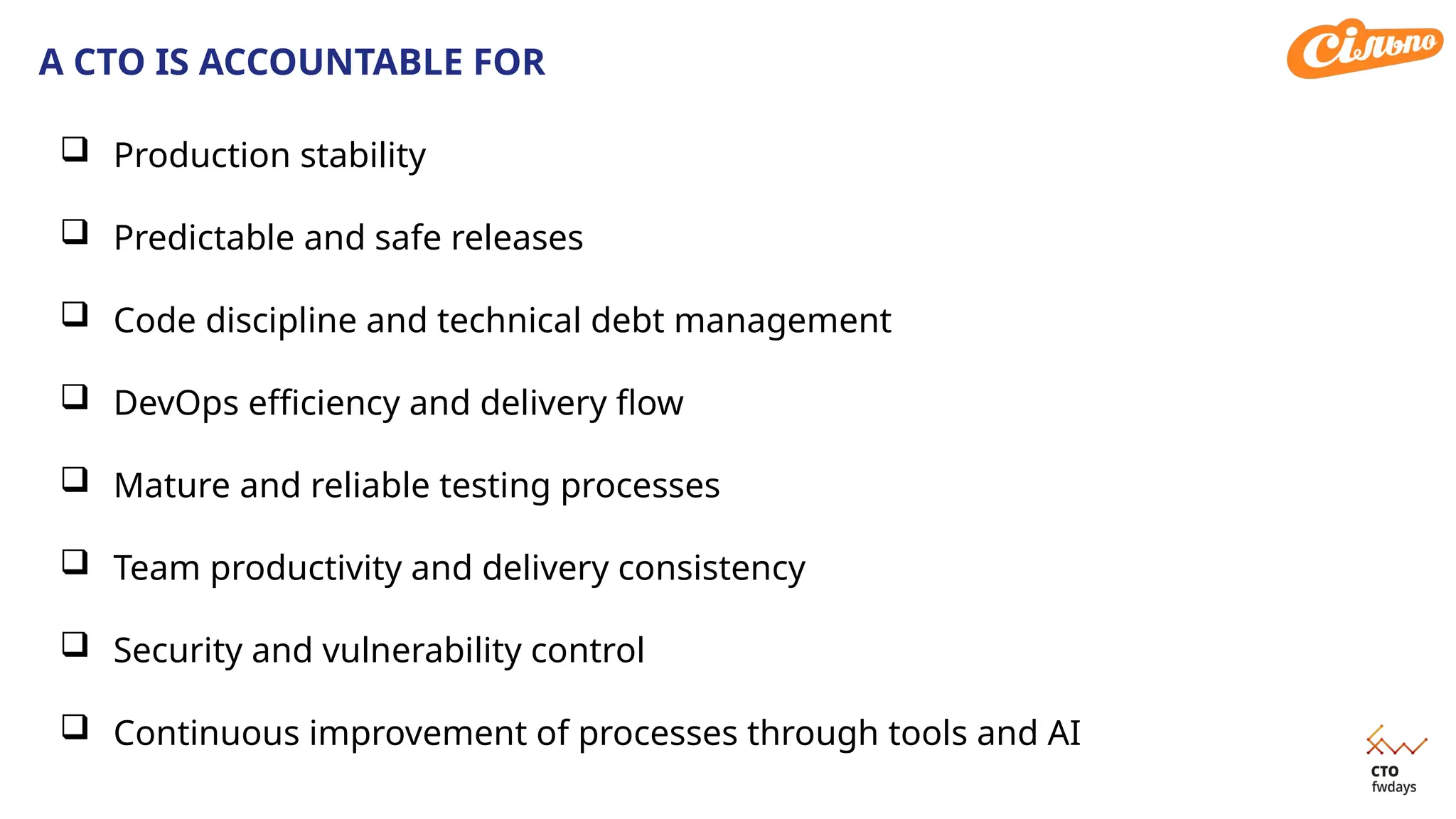We are used to trusting our feelings: it seems that the processes are working and the product is of high quality. But feelings cannot be scaled. In this report, I will show how we moved from intuitive decisions to a system of metrics that measures the quality of products and processes in real time. How teams, with a “dashboard,” manage the development of their products in terms of quality. And most importantly, how technical metrics become understandable to the business, help to talk about risks in one language, and make decisions on a large scale.

































